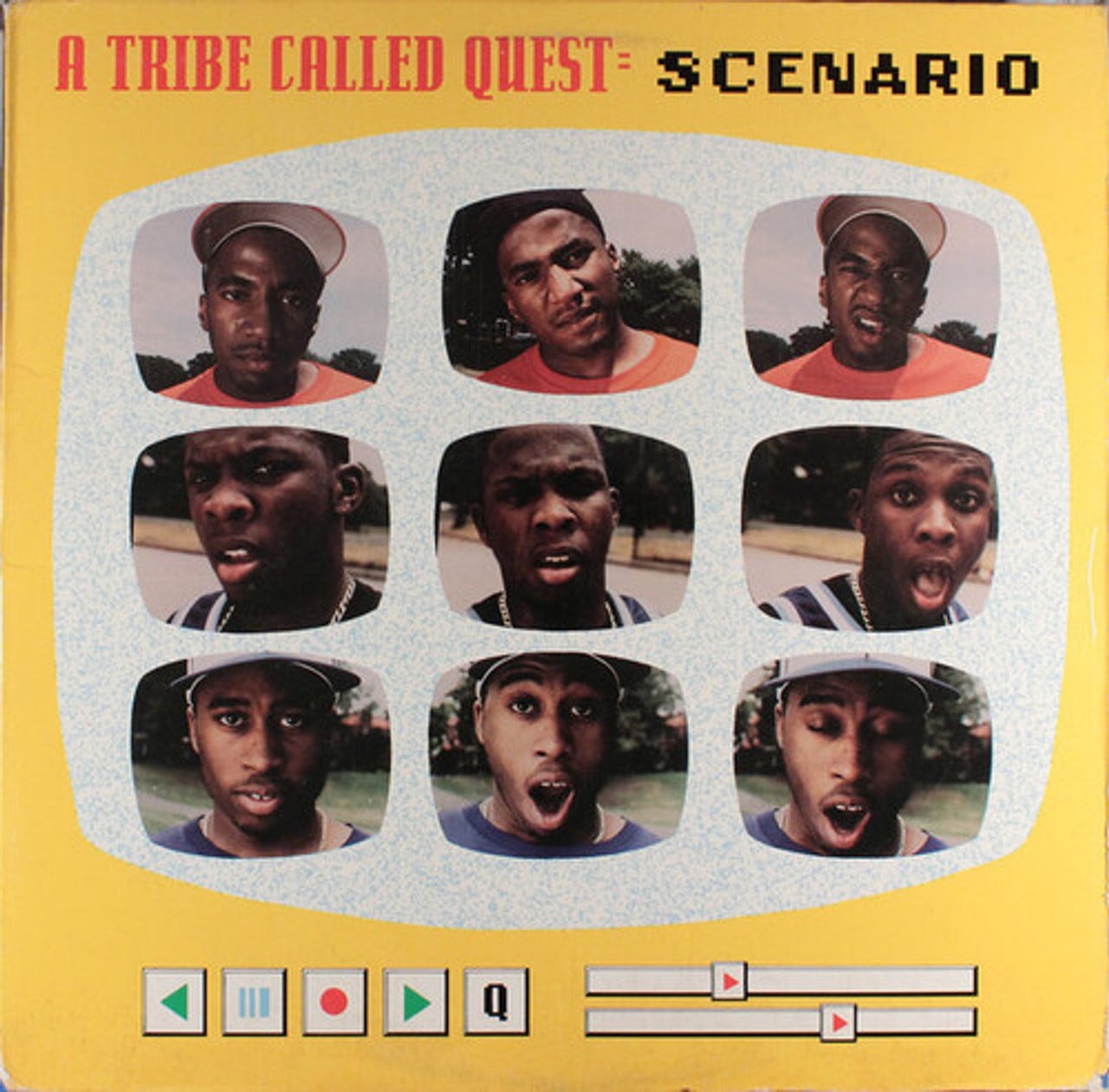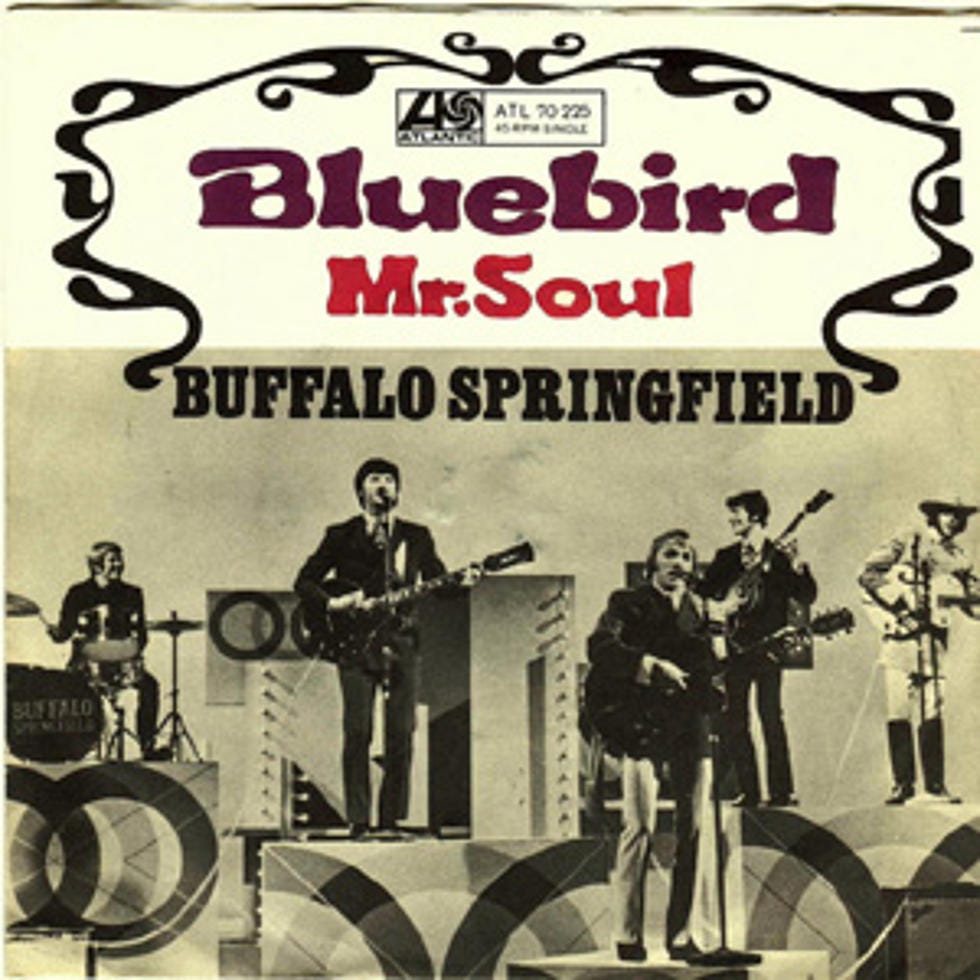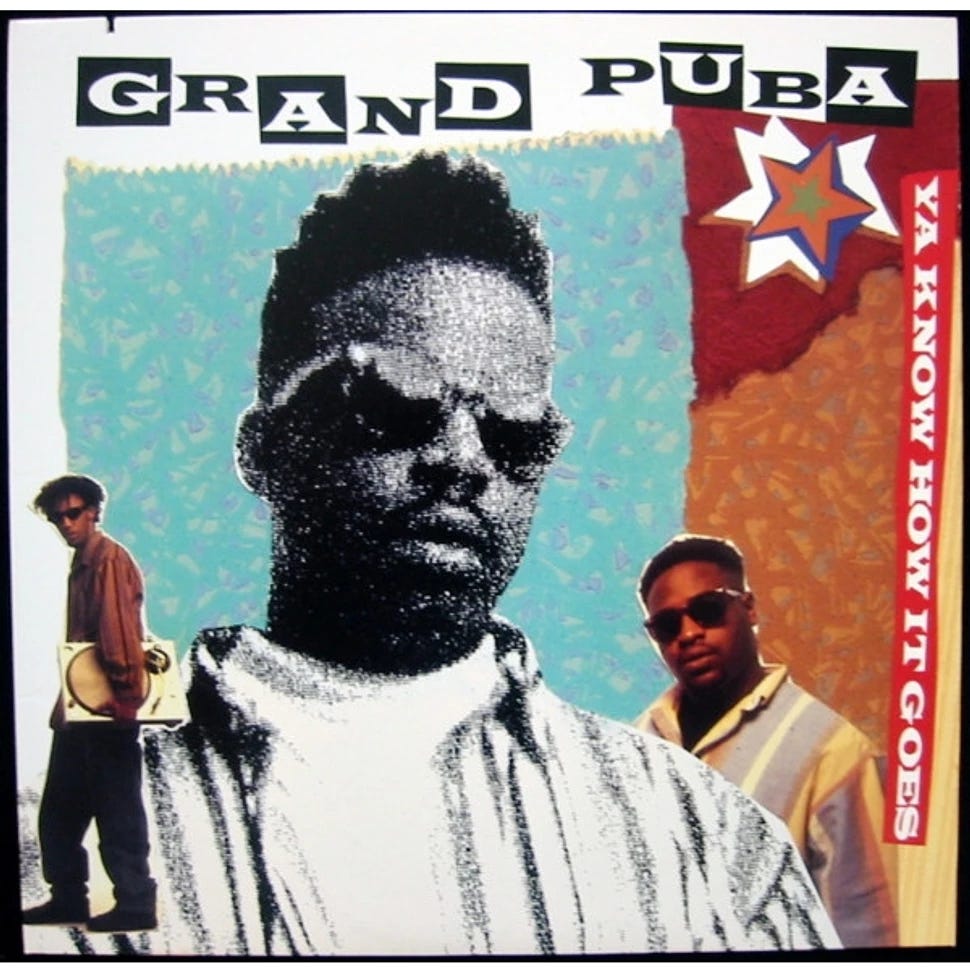Dear readers, a pre-emptive note: There are those amongst us whose passion for music has curdled anti-socially – whose love has begun to consume itself in awful ways. I’ll call them the Super Online Hyper Fan. Compulsively, they patrol the ‘net for infractions of taste and fact, depositing nuggets of pedantic corrections along their way.
Their brave mission of purifying the town square of its Bad Opinions is endless, Sisyphean. The square seethes with idiots and vulgarians, and however many fools they smite with their logic and perfect recall of Martin C. Strong’s Indie Discography, there are hordes more to replace them. And so, exhausted, they retreat to their castles, raise the drawbridge, make lists. They re-order their vinyl. They sigh and accept the weight of their exquisite discernment as a kind of noble curse.
The above is, obviously, an uncharitable stereotype. But I deploy it tactically. I’m pre-empting the sour incredulity these lists inspire, the witless butt-hurt that follows Your Song’s omission – whereby the pedant must, once again, shield their eyes from another’s blazing stupidity before weighing into the comments section.
But sadly, I must indulge some geeky taxonomy here myself. Just what, exactly, qualifies as a B-side? For this very personal and emphatically unauthoritative list, I’ve applied several, possibly arbitrary, rules:
1. No B-sides that were just other album tracks (so, goodbye “The Only Living Boy in New York” and “I’ll Feel a Whole Lot Better”)
2. No double A-sides (so farewell “Rain” and “Fools Gold”).
3. Nothing from EPs. I have no stronger argument for this prohibition other than it feels wrong: what, exactly, would the B-side be? Irritatingly, this prompts a subsidiary question – just what is an EP? – but I’m going to conveniently ignore it (and the available definitions).
4. Nothing from an album’s bonus disc if the tracks weren’t previously released as an actual B-side (which sucks, but in my arbitrary yet severe logic, makes sense – and so, I must reluctantly dismiss “4 Minute Warning”).
5. B-sides that were enormously popular, and so then appeared on subsequent studio albums (or compilations), are permitted.
6. Remixes – as once typically filled the B-sides of hip-hop and dance tracks – are fine with me.
7. I considered eligible live versions of album tracks released as B-sides – though they’d have to improve upon, or differ greatly, from their original – but I’ve made ineligible demos of songs that were released on studio albums at the time.
I think that’s it. Naturally, my rules seem quite fair and logical to me, but I fully accept that they may offer proof of my idiocy or misguided officiousness to others. So it goes.
A Tribe Called Quest, “Scenario (Remix)” (1992)
The original – that is, the A-side – is one of many canonical Tribe gems, an electric posse cut which introduced the world to a teenaged Busta Rhymes. This remix is, in fact, a wholly different song – not merely the same vocal track given a fresh beat. Is it better? Probably not. But it comes close.
Buffalo Springfield, “Mr. Soul” (1968)
This one appeared as the B-Side to Stephen Stills’ “Bluebird”, but, perhaps belatedly realising its value, was later released on the group’s second album. Written by Neil Young, it would later become a staple of his solo shows, an early lament about drug-funk and his growing fame. Young would often reprise this mood of paranoia and tortured ambivalence throughout the Seventies.
Sam Cooke, “Bring It On Home To Me” (1962)
A pop standard from the doomed King of Soul, this track was released as the B-side to “Having A Party” which, relatively speaking, has been swallowed by the popularity and influence of its flip-side. Smokey Robinson was taking notes when it came out; so too Otis Redding. Rod Stewart and Paul McCartney would later release covers.
The Beatles, “Don’t Let Me Down” (1969)
Here’s a list of some Beatles songs that never appeared on a studio album: “Paperback Writer”, “Rain”, “I Feel Fine”, “Day Tripper”, “Penny Lane”, “Strawberry Fields Forever”, and “Hey Jude”. Outrageous. This one’s another, dropped from Let It Be by producer Phil Spector and released as the B-side to “Get Back”. “Don’t Let Me Down”, Lennon’s achingly vulnerable plea to Yoko Ono, was also performed during the famous rooftop concert of ’69.
Grand Puba, “Mind Your Business” (1993)
Gang Starr’s “DWYCK” (1992) is often celebrated as hip-hop’s greatest B-side – or at least the best of the Golden Age – but, hey, I prefer this. Recorded during the Reel to Reel sessions – Puba’s debut solo record after his bitter departure from Brand Nubian after just one album – this song would curiously appear on 2012’s compilation Best of Brand Nubian.
Oasis, “Stay Young” (1997)
One mystery of Oasis for me is how the irreverent wit of chief songwriter Noel Gallagher was never reflected in his lyrics, which were – at best – strings of tortured nursery rhymes.
In one of his favourite songs, a B-side as it happens, Noel opens with: “Take the time to make some sense of what you want to say” but then blithely undermines his own assertion by following this with: “…and sail them home with acquiesce on a ship of hope today”.
The seas that Noel was sailing when he wrote this were made of a famous Colombian export, and presumably it was the powerful currents of cocaine that were shepherding our Noel towards the belief that this was profound. But never mind: for a time in the ‘90s, the songs were pouring from our Noel, and some of his best work can be found in the B-sides. This is one of them – a lovely, summery, exuberant thing.
Teenage Fanclub, “So Far Gone” (1990)
Here’s early Fannies, melodic but still fuzzy and thrashy, grunge meets The Byrds – kinda. You can hear echoes of cult favourite “Everything Flows” in here, which was recorded around the same time. It’s far from their best, but many years later I’m still charmed by it. This live version, recorded as part of the John Peel Sessions, is good too.
Hank Williams, “I’m So Lonesome I Could Cry” (1949)
This one’s embedded in the American songbook, inspiring Bob Dylan to k.d. lang, and covered by Johnny Cash, Elvis Presley and Van Morrison all the way through to Yo La Tengo and Hurray For the Riff Raff. In its simplicity and naked melancholy, I can hear Jason Molina at his most bracingly austere. “I became aware that in Hank’s recorded songs were the archetype rules of poetic songwriting,” Dylan wrote in his 2004 memoir. “The architectural forms are like marble pillars.”












